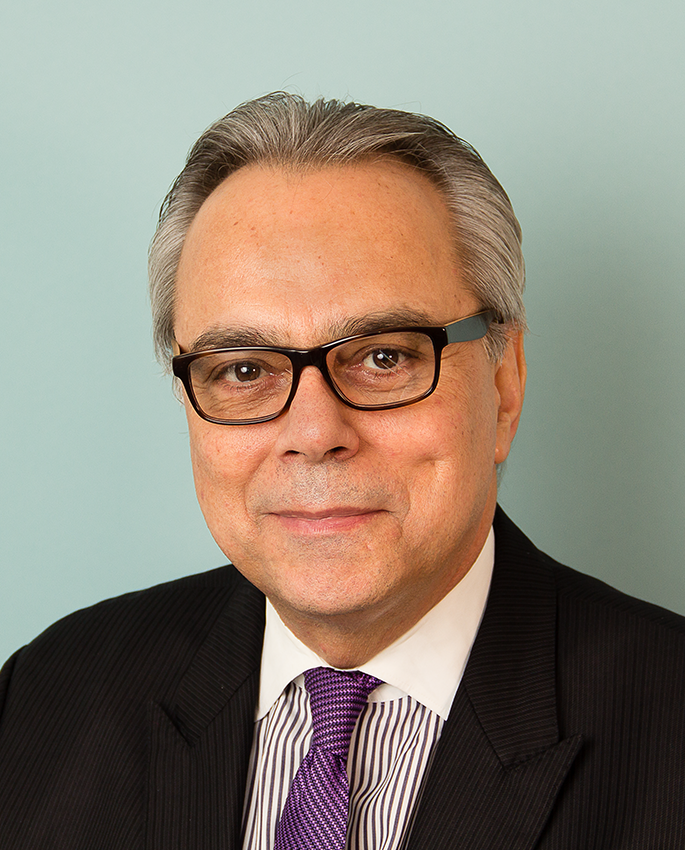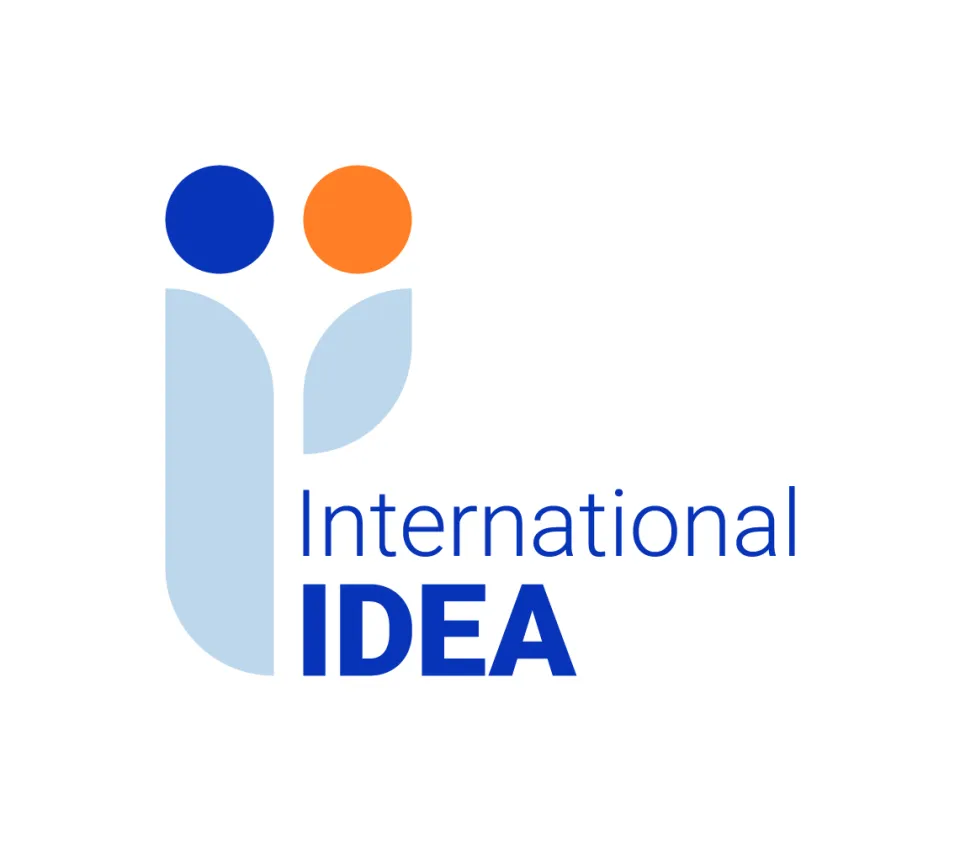Latin America 2014: Results and Electoral Trends
2014 features an intense electoral agenda. In the first six months, four of the seven Latin American presidential elections expected this year took place. These have a strong Central American geographic focus (Costa Rica, El Salvador, and Panama), with the Colombian ballot as the only exception.
These elections are part of the current electoral rally in which 17 countries in the region will hold presidential elections between 2013 and 2016. Only Mexico (where the most recent presidential elections were held in 2012) is at odds with this trend.
On 2 February, Costa Rica and El Salvador started the electoral marathon. In the Costa Rican case, candidate Luis Guillermo Solís, of the center-left Citizen Action Party (PAC in Spanish) and Johnny Araya, of the then ruling National Liberation Party (PLN in Spanish), received the most votes in the first round, respectively. In a second round held on April 5, Solís prevailed with 77.9 per cent of the vote, compared to Araya’s 22.1 per cent. In El Salvador, Salvador Sanchez Cerén of the ruling party (the leftist FMLN), was the most popular candidate in the first round, but he did not attain 50 per cent of the vote and was forced into a second round against Norman Quijano, of the rightist ARENA. On 9 March, Cerén won by the narrow margin of 0.22 per cent (5364 votes).
In Panama, on 4 May, the opposition candidate, Juan Carlos Varela of the conservative Authentic Panamanian Party, won with 39.1 per cent of the vote over José Domingo Arias (31.4 per cent) of the ruling party. Finally, in Colombia, on 15 June, President Juan Manuel Santos was not only reelected but also reversed the outcome of the 25 May first round; he lost to Uribe follower Oscar Iván Zuluaga, but triumphed in the runoff election (50.9 per cent vs. 45 per cent of Uribe’s group).
The three pending presidential elections this year will take place next October: on the 5th in Brazil, on the 12th in Bolivia, and on the 26th in Uruguay. Of the three, both those in Brazil and Uruguay remain open (even though the ruling party candidates hold an advantage for the time being) and have a high probability of a second round; meanwhile, in Bolivia a win by Morales in the first round is assumed.
In Brazil, opinion polls agree that as a consequence of the current economic deceleration, high inflation, and citizen uneasiness regarding deficiencies in education, health, and transportation, there will be a second round and that the race (a tightly contested one that will focus on the economy and the quality of public services) will come down to President Dilma Rousseff and Aecio Neves, the candidate of the opposition PSDB Party. However, the polls differ on the likely outcome of a second round. Datafolha predicts a technical tie, while Ibope forecasts a clear difference in favour of Rousseff (41 per cent against 33 per cent for Neves).
On the other hand, in Bolivia, President Evo Morales will most surely be reelected by a wide margin in the first round, just like in 2005 (54 per cent) and 2009 (64 per cent). A recent poll in the newspapers Página 7 and Los Tiempos predict Morales at 44.6 per cent, followed by Samuel Doria-Medina (the most popular opposition candidate to date) with 19.8 per cent. If these projections are confirmed in the 12 October elections, Morales would be reelected, since the 2009 Constitution establishes that the presidency goes to the candidate who receives over 50 per cent of the vote, or 40 per cent of the vote if there is at least a 10 per cent difference over the second place candidate. A second survey by Ipsos, Apoyo, Opinión y Mercado, for the journal La Razón, also predicts a victory for President Morales in the first round with 59 per cent of the votes. The closest opponent (as in the first poll) is predicted to be Doria-Medina, with only 18 per cent of the votes.
The almost guaranteed win by Evo is due partly to the high level of approval of his performance (70 per cent in the Ipsos survey) and partly to the continued inability of the opposition to agree upon a sole candidate that is able to present itself as a viable alternative to MAS.
Finally, in the case of Uruguay, former President Tabaré Vázquez, of the ruling Frente Amplio (FA), leads polls in July, but is stagnating in most of them at 42 per cent to 43 per cent of the vote, which makes the need for a second round likely (barring a major change). Partido Nacional (also called Blanco) places second with 27 per cent and in third place is Partido Colorado with 13 per cent. Thus, a win by Tabaré Vázquez, which until recently was taken as a given, has become complicated. Also, it is not yet clear if the FA will win an absolute majority in the parliament, which it currently holds.
The most recent survey by Factum (last week of July) shows that Tabaré Vázquez remains in first place, but that the distance with the Blanco Party candidate Luis Lacalle-Pou, in case of a second round, has narrowed considerably (51 per cent to 46 per cent). According to Oscar Bottinelli (an analyst for the polling firm), ‘this data poses a major change: for the first time in the last four years, it cannot be taken for granted that Tabaré Vázquez will be the next President of Uruguay. The election is open. Tabaré Vázquez still has the highest chance of winning, but there are also major probabilities against him.’
Results and Trends
The results of the first four elections show that Latin America is a highly heterogeneous region, politically speaking.
Firstly, we have witnessed wins by candidates with a conservative slant (Juan Carlos Varela), of centre left (Luis Guillermo Solís), close to ‘21st century socialism’ (Salvador Sánchez Cerén), and from the centre (Juan Manuel Santos). However, if my forecast win by the three candidates of the incumbent parties in the October elections is accurate, the prevailing trend in the Southern Cone will be left and centre-left.
Second, in this year’s first six months, there was a balance between continuity and alternation. In two countries, the ruling party or coalition won (the FMLN in El Salvador and Unidad Nacional in Colombia), while there was alternation in the other two cases (Costa Rica and Panama). Again, if my forecast is confirmed, in the October elections we will see a clear trend in favor of continuation and of reelection: two cases of consecutive reelection (Brazil and Bolivia) and an alternate one (Uruguay).
Third, in most of the cases, the slight differences in the results have necessitated second rounds (Costa Rica, El Salvador, and Colombia), a trend that we are very likely to see in the Brazil and Uruguay elections. The first rounds wins, which were so common in the region a few years ago and particularly in South America, are becoming scarce due to changes in the socio-economic context, the erosion of ruling parties after two consecutive terms, and the highly competitive nature of electoral races.
Fourth, the vote has become split and more volatile, causing new presidents to govern with congresses in which no party has a majority (Costa Rica, Panama, and El Salvador). All of this has a strong influence on governability in these countries and lessens the ability of the chief executives to act, since it favours scenarios in which branches clash (legislative vs. executive) and block both public policies and reforms.
Fifth, a high abstention rate reveals a dangerous disillusionment of citizens regarding the democratic system. Abstention was over 50 per cent in Colombia, both in the first and the second rounds. In Costa Rica, abstention was close to 43 per cent in the second round, and in the first round in El Salvador it was 45 per cent. So far, Panama has been the only exception, with a 76.77 per cent turnout.
My Opinion
Now that we have passed the halfway point of 2014 following the first four of seven presidential elections, several conclusions can be drawn. Such trends are likely to prevail in the second part of the year:
- The economic deceleration and social tensions, fundamentally the problems facing the middle classes due to insecurity, corruption and bad public services, are starting to have a major impact on the electoral cycle. The recent report of the International Monetary Fund (IMF, Economic Outlook 2014) confirms the economic deceleration in Latin America (regional growth for 2014 has again been corrected downwards to 2 per cent), noting in particular the reduction in growth of its two engines: Brazil with a meager 1.3 per cent and Mexico with a modest 2.4 per cent (six tenths under the rate projected in April).
- This complex socio-economic context is making it increasingly difficult for presidents who seek reelection to win in the first round, since political loyalty has become more volatile. The three elections in October pose an additional challenge for the candidates of the ruling party as they are seeking a third consecutive term in the case of Bolivia and Uruguay, and a forth consecutive term in the case of Brazil. According to comparative regional experience, attaining this goal is difficult (but not impossible). The reelection of Morales, because of the reasons previously discussed, is an exception to this trend. Regardless of the growing difficulty to win a first round and an accompanying a legislative majority, presidents who seek reelection maintain a clear advantage over their opponents to date.
- Consequently, reliance on a second round to decide presidential elections is becoming the norm. In five of the seven elections in 2014 (in Panama it is not regulated, and in Bolivia, Evo Morales is considered the definite winner in the first round) there are high chances of a second round. In my opinion, this trend will also be present in the presidential elections in Argentina and Guatemala next year.
In a Latin American context of moderate economic growth and intense electoral marathon, the governments elected during the present electoral cycle will have to meet the expectations and demands of citizens with fewer resources. As a consequence, social conflicts will remain present and be accompanied by demands which may not endanger democratic continuity, but could make the continuation of ruling party governments more difficult and their governability more complex.




